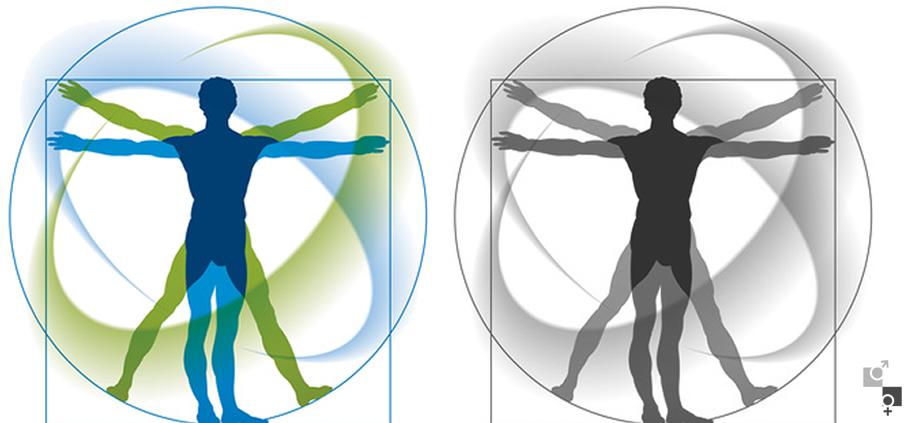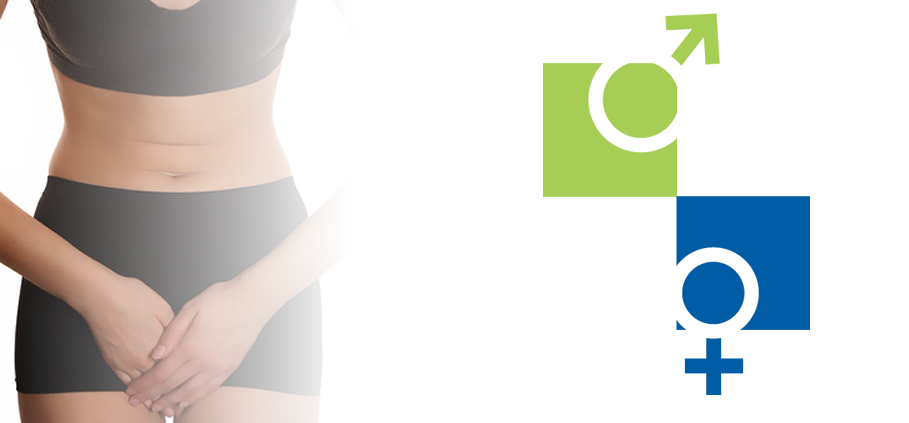Neurogenic Urination Disorder
-
Urination function is an automatic spinal reflex which can, however, be achieved or suspended by the cerebral centers.
With the term “Neurogenic Bladder” we refer to the malfunction of the lower urinary system which usually causes difficulty in or total inability for urination. It is caused by Central Nerve diseases, Peripheral Nerve diseases or congenital defects.
The commonest neurological diseases of this type are:- >Spinal Cord Injuries, which are caused by falls, accidents and injuries and may result in various types of (partial or total) tetraplegia or paraplegia.
- >Spinal Shock, which is observed immediately after a spinal cord injury and manifests absence of physical reflexes and paralysis below the ijury point.
- >Lumbar Cord Injuries (Injuries of Upper Motor Neurons of the Spinal Cord) Κακώσεις Υπεριερής Μοίρας Νωτιαίου Μυελού, we refer to cases where injuries have caused total fracture of the spinal cord. The symptoms observed include muscular spasticity peripheral to the injury point and increased reflexibility of tendon reflexes.
- >Sacral Cord Injuries (Injuries of Lower Motor Neurons of the Spinal Cord) Κακώσεις Ιερής Μοίρας Νωτιαίου Μυελού. In these cases, after Spinal shock, the symptoms observed include suspension of tendon reflexes, paralysis and sensory loss below the point of injury.
- >Spina Bifida is a developmental congenital disorder, which involves incomplete closing of the embryonic neural tube, therefore some vertebrae are not fully formed and remain unfused and open, allowing part of the spinal cord to protrude and be exposed.
- >Cystic Myelomeningocele is also a developmental congenital disorder and is divided in two sub-categories: Meningocele and Myelomeningocele. In infants with meningocele, a cyst containing tissues overpouches the spinal cord (meninges) as well as cerebrospinal fluid which will be forwarded to the children’s back through the vertebrae. In myelomeningocele the cyst contains cerebrospinal fluid, tissue, nerves and part of the spinal cord.
- >Stroke is the damage of cerebral tissue caused by disturbance in the blood supply of the brain, due to blockage or hemorrhage resulting from vascular rupture. It often results in permanent disability causing functional and neurological problems.
- >Parkinson’s Disease is a degenerative disorder of the central nervous system. It occurs when approximately 75% of the neurons that produce a neurotransmitter called dopamine (which contributes to the regulation of the motor system) located in a specific part of the brain called substantia nigra die or become distorted.
- >Multiple Sclerosis is a chronic disease of the central nervous system and is caused by the damage of the myeline sheaths around the axons of the brain and the spinal cord in specific areas, causing demyelination plaques and nerve damage.
- >Intervertebral Disk Herniation - Lumbar Disk Herniation – Hippuris Syndrome is a common condition affecting the spine (more specifically the lumbar area) due to intervertebral disk damage, which causes lumbalgia (lower back pain), sciatica (pain in the lower extremities) and other accompanying symptoms.
- >Diabetic Neurogenic Urinary Bladder is one of the most serious damages which results from diabetes mellitus affecting the lower urinary system.
- >Pelvic Surgery. Major surgery in the pelvic area may caus malfunction of the lower urinary system. Usually in 80% of the cases there is full restoration after a period of 6 months.
- >Spinal Cord Infections
Important role in the diagnosis, treatment and cure of Neurogenic Bladder play the proper diagnostic approach and the complete and detailed examination of the problem.
In order for the causative agents of urination disorders to be identified, the patient should undergo urodynamic testing. Urodynamics testing allows detailed and accurate observation and study of the function of the lower urinary system (bladder and urethra) which relate to the filling and emptying phases of the bladder.
Patients which undergo this testing usually have the following symptoms:- -Stress Incontinence
- -Urgent Incontinence
- -Over-flow Incontinence
- -Total Incontinence
- -Mixed Type Incontinence
- -Enuresis
- -Incontinence after prostatectomy
- -Incontinence due to injuries of the pelvis
- -Incontinence due to acquired neurological conditions (e.g. Parkinson’s Disease, Multiple Sclerosis)
- -Incontinence due to congenital conditions which harm the neurosis of the bladder and the urethra (e.g. diabetes mellitus, severe anemia)
- -Urination disorders following surgery in the pelvic area
- -Chronic symptoms of the lower urinary system (bladder – urethra)
- -Urinary tract obstruction
- -Urinary tract obstruction symptoms to men under 50 years of age
- -Urine retention in women
- -Urination disorders in children.
The development and evolvement of urodynamics has had a significant contribution in better understanding certain conditions and in avoiding wrong diagnoses, since we no longer depend solely on the patient’s medical history and simple physical and clinical examination. Moreover, it has helped in achieving fuller and more rational treatment of women’s urination disorders, by reducing wrong diagnosis which used to be 30% of the cases.
Urodynamic Testing includes the following tests:
- 1.Uroflowmetry. It measures and records the flow rate and volume of urine disposed during urination. The flowgram, printed by a special machine connected to the collection device in which the patient urinates, records the flow of urine per second and provides significant information on urination.
- 2.Measurement of Postvoid Residual. By means of an ultrasound equipment or a special catheter the doctor measures the urine that has remained in the urinary bladder after urination.
- 3.Cystomanometry. It measures and records the intravesical pressure in conjunction with the filling volume of the urinary bladder.
- 4.Pressure Flow Study. It is performed during urinary bladder voiding, by continuously measuring and recording the intravesical and intra-abdominal pressure, as well as the urine flow rate in order to detect any possible obstruction and evaluate the contractibility of the detrusor.
- 5.Neurophysiological examination
- - Electromyography. It records the electric activity of the pelvic floor muscles in placidity and contraction. Aided by sensors placed on the skin at the urethral and rectal area and, by means of a computer, the detrusor contractions are measured and recorded in order to see whether the messages sent to the urinary bladder and the urethra are in proper coordination.
- - Provoked dynamics. Provoked sacral reflexes for detection of nerve damage.
- 6. Urethral Pressure Profile. It is the recording of urethral pressure in various conditions and evaluation of the condition of the sphincter structures.
- -Statistic Urethral Pressure Profile. It measures the pressure along the entire length of the urethra, with the urinary bladder and the urethra in placid condition.
- -Stress Profilometry. It also measures the intravesical pressure simultaneously.
- -Endourethral. It measures the pressure along the entire length of the urethra, while increasing intravesical pressure in regular time periods.
- -Dynamic Urethral Pressure Profile. With this test the pressure and pressure changes or other dynamic states are measured only in one specific point of the urethra.
- 7.Video – Urodynamics. It examines the function of the neck of the urinary bladder and the urethra. It is a highly specialized method, irreplaceable for certain patient groups.
After Urodynamic Testing, the patient may experience difficulty and mild discomfort during urination for a few hours, but this should not cause any concern. In rare conditions, a number of patients may have blood in the urine after the testing.
We should lay emphasis on the fact that patients with neurogenic bladder must be under medical observation for the rest of their lives, in order to:- Avoid or early diagnose any complications.
- Promptly treat any alteration in the condition of the urinary bladder, in order to accordingly decide on its therapeutic treatment.
- Prevent and face any additional problems due to the patient’s old age.
- Achieve the patient’s reconciliation with the social and occupational changes required, and provide the psychological support possibly needed.



